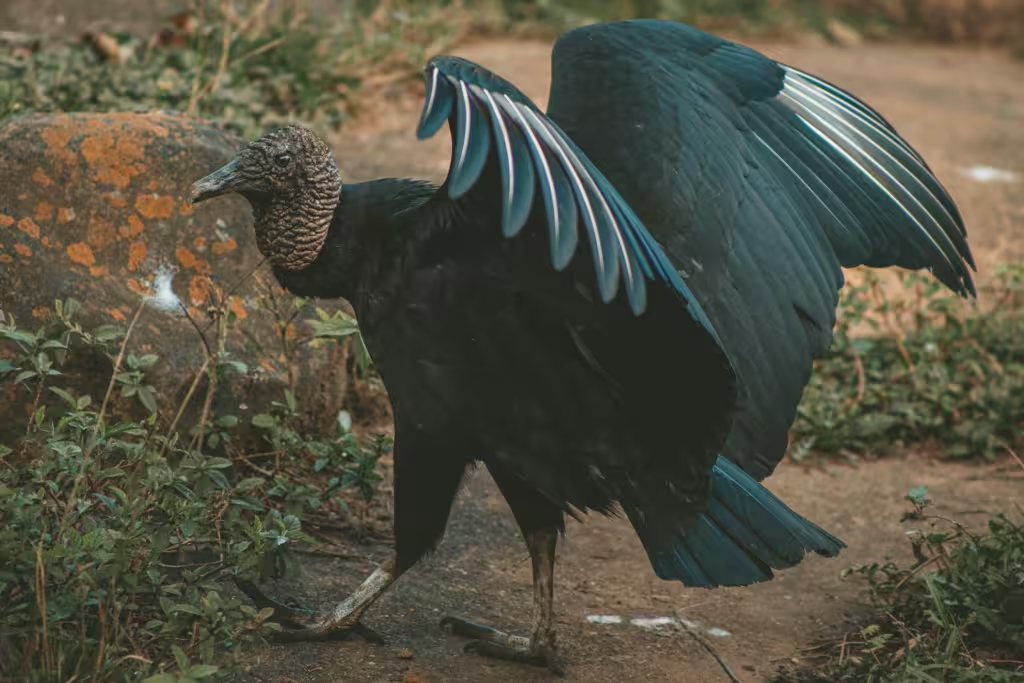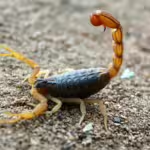When people think of birds, there are usually a few common images in their mind: colorful songbirds, majestic eagles, and the odd penguin, now and again. Yet, beyond the familiar robins and owls lies an entire, unbelivable world of birds with strange behaviors, brilliant adaptations, and surprising intelligence. While its true that most of the species we discuss today won’t feature on the cover of Zoobooks, they are nonetheless environmental keystones in their own right. These are the unsung heroes of the avian world, scavengers that clean up decay, predators that regulate pest populations, or innovators shaping ecosystems through their unique habits.
When it comes to most birds, our focus tends to be locked on the dazzling display of their feather os their hunting ability, but we fail see the value of birds that many would consider to be less than lovable. Vultures, as featured on the cover of this article, are a fine example of this. These animals play a crucial role in controlling the spread of disease, nutrient cycling, and keeping ecosystems clean. Despite this, they are often framed in a negative light. That’s why this article is here; to reframe your opinions on some of the most unusual and fascinating birds our planet has to offer.
In this article, we will venture to some of the most remote places on the planet to uncover a few of the most remarkable and somewhat mysterious bird species known to man. Along the way, we will examine how the unique adaptations of these avian wonders make them not only fascinating but essential to the environments they call home.
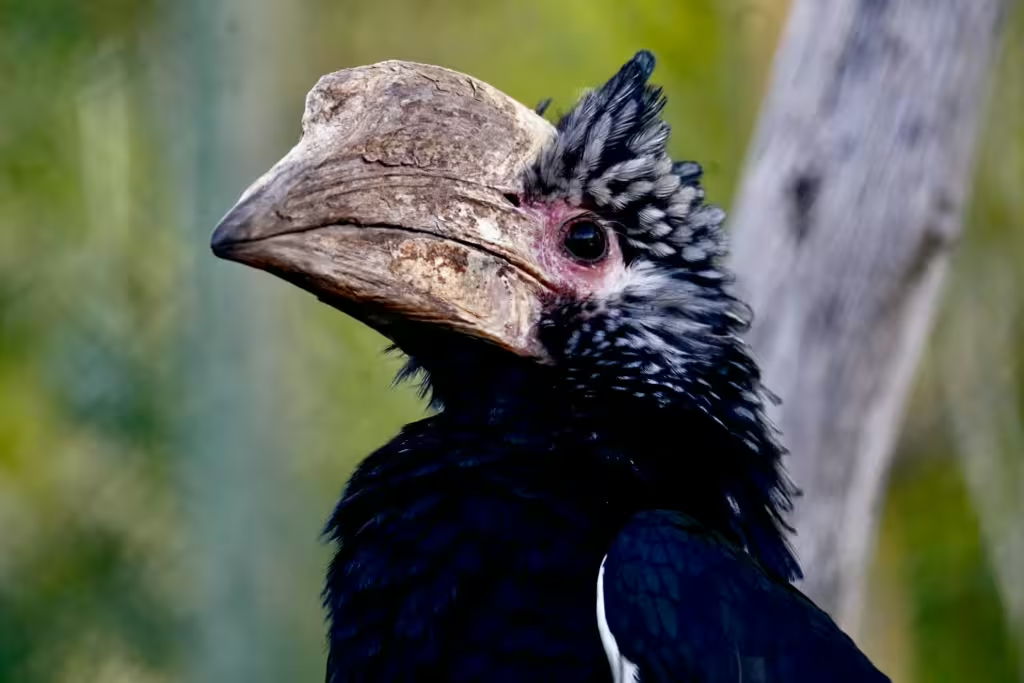
Secretary Bird (Sagittarius serpentarius) – Sub-Saharan Africa
Some readers may be familir with the tall, regal bearing of the Secretary Bird. Standing over four feet tall with long legs and dramatic feathers, the Secretary Bird is a terrestrial raptor, meaning it is related to hawks, eagles, and falcons. This particular bird, however, has a specialized diet, which means that it also has a specialized way of hunting its favorite food; snakes. Thus, the tall, fearsome-looking bird stalks the grasslands of its African homeland, stomping down on prey with the incredible force of its powerful legs.
Despite their legendary taste for snakes, Secretary Birds will also eat the occasional rodent or lizard that wanders into their path. Thus, these birds help control populations of venomous snakes and rodents that live in the African savanna. This reduces disease risk and actually helps humans by supporting agricultural stability for local farmers. The Secretary Bird’s role as a natural pest control agent highlights how even flamboyant-looking birds can play down-to-earth roles in terms of ecosystem balance.
Shoebill (Balaeniceps rex) – Central Africa
Th prehistoric-looking Shoebill appears as though its always about to kill Dennis Nedry, but this incredible marsh-dwelling bird is actually more of a danger to other semi-prehistoric creatures than it is computer hackers. The Shoebill hails from the swamps and marshes of Uganda and South Sudan, where it uses its massive, shoe-shaped bill allows it to catch large prey, including lungfish and the occasional baby crocodile.
Shoebills are apex predators in their wetland ecosystems, which helps them to maintain the fish population balance. Like many birds, Shoebills help scientists because their populations are good indicators of wetland health—if shoebills are present, the habitat is likely pristine. The slow, deliberate movements of these impressive birds reflect a highly evolved hunting style that suits their still-water environments.
Kea (Nestor notabilis) – New Zealand
The Kea comes from New Zealand and is a highly intelligent parrot that dwells in the snowy, alpine regions. One does not usually expect to see a parrot surviving, let alone thriving, in snowy mountain habitats, but the Kea has had a good long time to adapt to its chosen environment. Not only is the parrot perfectly at home in a colder climate, its intelligence helps it to be quite resourceful. Indeed, this particular parrot is known for solving complex problems and even dismantling car parts out of curiosity.
In their alpine homes, Keas play an ecological role by being opportunistic, omnivorous eaters. They scavenge from carcasses and disperse seeds from the fruit they eat, both of which contribute to the stability of their ecosystem. Their aforementioned intellect makes them adaptable in a changing climate, and their antics are so admirable that they often drive ecotourism to New Zealand. In many ways, the Kea is a key reminder of how intelligence can be an adaptation, one just as valuable as camouflage, claws, or speed.
Marabou Stork (Leptoptilos crumenifer) – Africa
Some readers might be familiar with the Marabou Stork from the opening of the Lion King, during the Circle of Life song. Those same readers might have wondered what exactly this bald-headed bird was. Seriously, with its bald, vulture-like head, hanging neck, and large, drooping bill, the Marabou Stork won’t be winning any beauty contests anytime soon, but that doesn’t mean it doesn’t play a crucial role in Africa’s savannas and even its cities.
Consummate scavengers, these birds consume a large amount of rotting meat and biological waste, cleaning up potential disease vectors at places all over the continent. In this way, Marabou Storks have found their niche as essential sanitation workers of the wild, reducing the spread of anthrax, botulism, and other deadly diseases. In urban areas, these birds help manage trash overflow. In many ways, their ecological role is similar to that of vultures, and they often work alongside them to cleanup carrion.
Bearded Vulture (Gypaetus barbatus) – Eurasia and Africa
Speaking ov vultures, you had to know we’d throw one or two on this list. The Beareded Vulture, also known as the Lammergeier, is famous for its scavenging service to the world and is particularly well-known for its penchant for eating bones. It isn’t just that the vulture eats bones that’s interesting, however, it is also how it does so. The Bearded Vulture grabs bones and drops them from great heights to crack them open and feed on the marrow inside.
The Bearded Vulture uses this rare adaptation to clean up highland ecosystems, making it a vital part of nutrient recycling, specifically in terms of calcium. Remember, bones are pieces of biologic waste that most other predators and scavengers do not consume, but the Bearded Vulture can process them with no problem. Their feeding habits prevent the spread of disease and help maintain a healthy scavenger network in rugged terrains.
Oilbird (Steatornis caripensis) – South America
If a couple readers have heard of the Marabou Stork, we’re willing to bet very few are familiar with the Oilbird. This nocturnal, cave-dwelling bird is unique in that it uses echolocation—like a bat—to navigate dark spaces. Oilbirds are frugivores and they feed on fatty fruits, which is both the reason for their name and sadly, the reason for their early exploitation by humans. The Oilbird’s name comes from their formerly exploited fat-rich chicks, which were once used for lamp oil.
Despite their once-endangered status, Oilbirds actually play a significant role in seed dispersal across rainforest ecosystems, often traveling long distances between feeding and roosting sites. Their nocturnal seed-spreading helps to regenerate forest understories, making them crucial to the health and diversity of tropical forest habitats, which are home to millions of other lifeforms.
Hoatzin (Opisthocomus hoazin) – Amazon Basin
The Hoatzin is quite an interesting animal. Not only do they have clawed wings as chicks, like a bat or prehistoric pterosaur, but they are possessed of an unpleasant scent that has garnered them the nickname the “stinkbird.” This eponymous stench is due to the Hoatzin’s unusual digestive process, which ferments leaves in a specialized stomach like a cow’s. This fermentation process creates a distinctive smell, but also places the birds in a unique ecological niche.
The Hoatzin’s unusual diet helps recycle plant material in flooded forests, breaking down tough leaves and promoting decomposition even before the er…train leaves the station. Young Hoatzins have claws on their wings to help them climb branches—an evolutionary throwback that eventually falls off entirely as the bird matures. Nevertheless, these smelly, yet amazing birds support nutrient cycling in hard-to-reach swampy forests.
Helmeted Hornbill (Rhinoplax vigil) – Southeast Asia
We have discussed the ecological importance of hornbills on True Investigator before, but we think that the Helmeted Hornbill of Southeast Asia, deserves another bit of fanfare. This hornbill has a solid casque (bill structure) that it uses in aerial head-butting contests with rivals. Unlike other hornbill species, the Helmeted Hornbill’s casque is made of solid keratin. This means, like many other animals with similar accoutrements, rhinos, elephants, and the like, this bird’s bill and was once highly prized in illegal wildlife trade.
Regardless of how sought-after their casques are, Helmeted Hornbills are of vital importance to their home ecosystems. They act a seed dispersers for large forest trees, consuming and moving large fruit across acres of land, which in turn helps regenerate their tropical rainforest homes. They also serve as umbrella species: meaning that protecting their habitat helps to preserve many others.
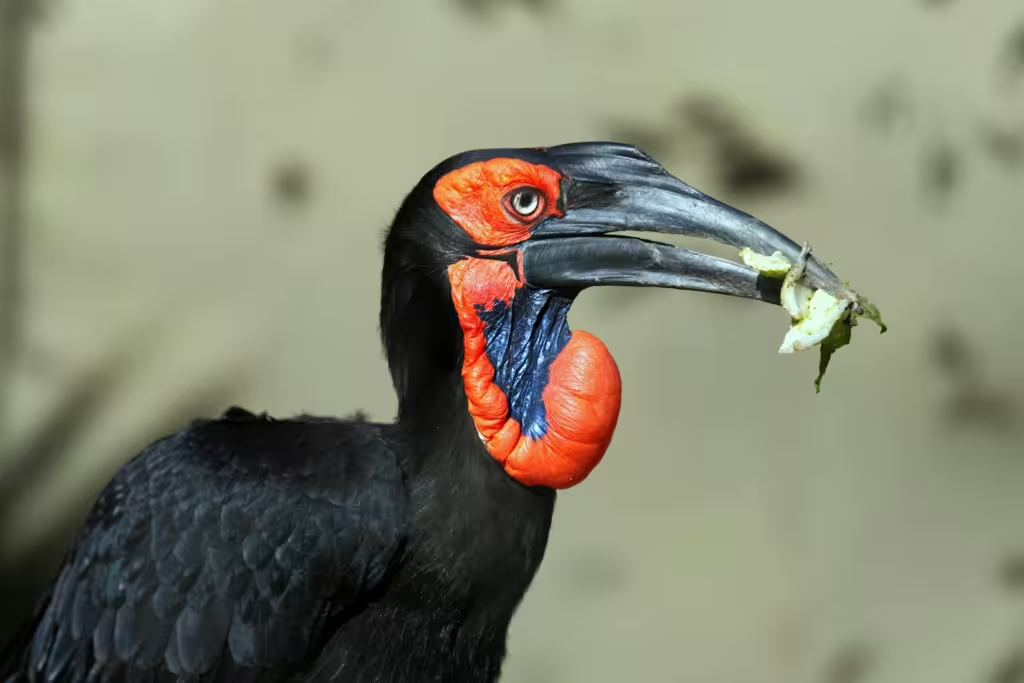
Palm-nut Vulture (Gypohierax angolensis) – Africa
The Palm-nut vulture is one of the few members of that particular ilk that eats mostly plant matter—especially the oily fruit of the oil palm. That said, this bird will also scavenge on carrion and prey on small animals when it finds them; vultures are nothing if not shameless opportunists.
In that way, Palm-nut Vultures play a dual role in their ecosystems: both as seed dispersers and scavengers. Their unusual diet helps link forest and savanna ecosystems by spreading fruit-bearing plant species. At the same time, their forays into scavenging helps cleanup waste and curb the spread of disease.
Thick-billed Raven (Corvus crassirostris) – Ethiopian Highlands
This large corvid is one of the most intelligent birds in the world and perhaps one of the cleverest in all of Africa. Like other corvids and some parents, Thick-Billed Ravens use tools, mimics sounds, and cooperates with other ravens to access hard-to-reach food and solve problems.
An opportunistic eater, this bird’s brainpower allows it to exploit a wide range of food sources, helping clean up carrion, spread seeds, and even predate on invasive species when it can find them. In high-altitude environments with limited biodiversity, this unequalled adaptability and intelligence supports many ecological processes.
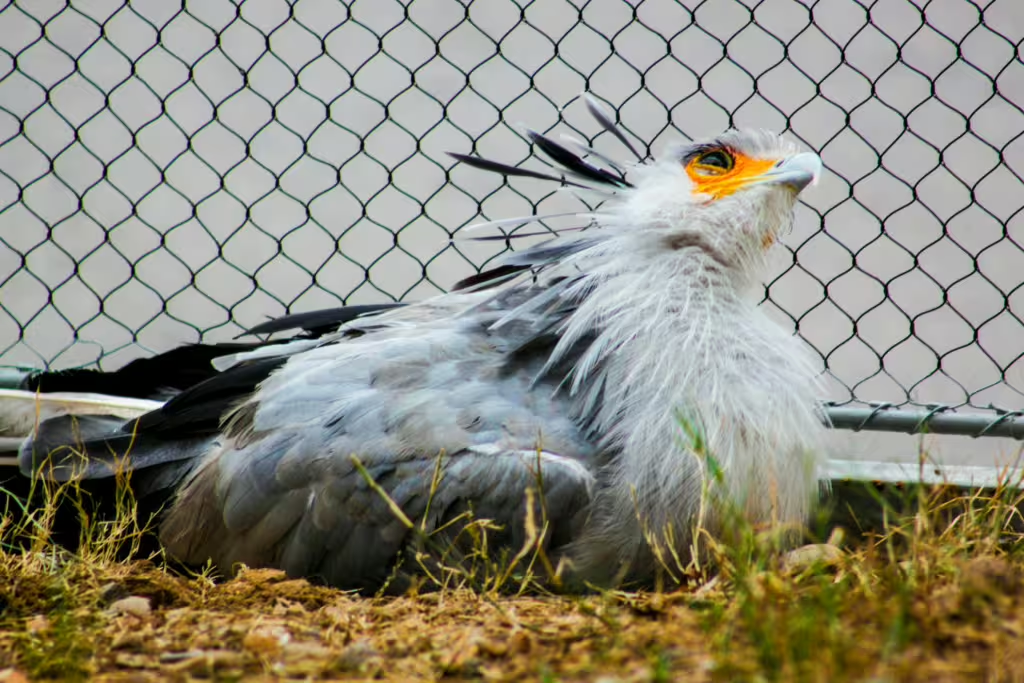
Greater Adjutant (Leptoptilos dubius) – South Asia
The massive, stork-like bird isn’t going to win any popularity contests. Not only is the Greater Adjutant an uncommonly unattractive animal, it was also once vilified as dirty and disease-ridden. Known for its penchant for eating and living amongst human waste, this bird is thankfully now recognized as an essential part of nature’s waste management team. This is because the Greater Adjutant scavenges in landfills, wetlands, and city outskirts with equal voracity.
In this way, Greater Adjutants reduce the spread of diseases by consuming decaying matter. In fact, their recent population rebound is a conservation success story that’s on par with that of the Andean Condor and other such species that have come back from the brink. At the same time, it is also a reminder that ugly doesn’t necessarily mean useless. In the modern age, these ungainly trash-eaters have become vital allies in waste management where human infrastructure meets nature.
True Investigator Says…
As you can see, though these species might not always grab headlines, their ecological contributions to our world at large are invaluable. Whether by regulating populations, recycling nutrients, or introducing innovative behaviors, these remarkable birds show us that there is far more to the avian world than meets the eye. In many ways, the unique adaptations of these birds remind us of the complexity and wonder of nature, proving time and again that even the strangest birds play indispensable roles in nature.
In a world facing the loss of biodiversity at an alarming rate, these birds become even more important to our planet’s continued survival and homeostasis. These amazing avians are not just curiosities—they are ecosystem engineers, pest controllers, and indicators of environmental health. It is only by recognizing their value and finding out why we need to be protecting them, that we can take the first steps towards healing our already severely damaged planetary ecosystems.
Discover more from TrueInvestigator
Subscribe to get the latest posts sent to your email.
